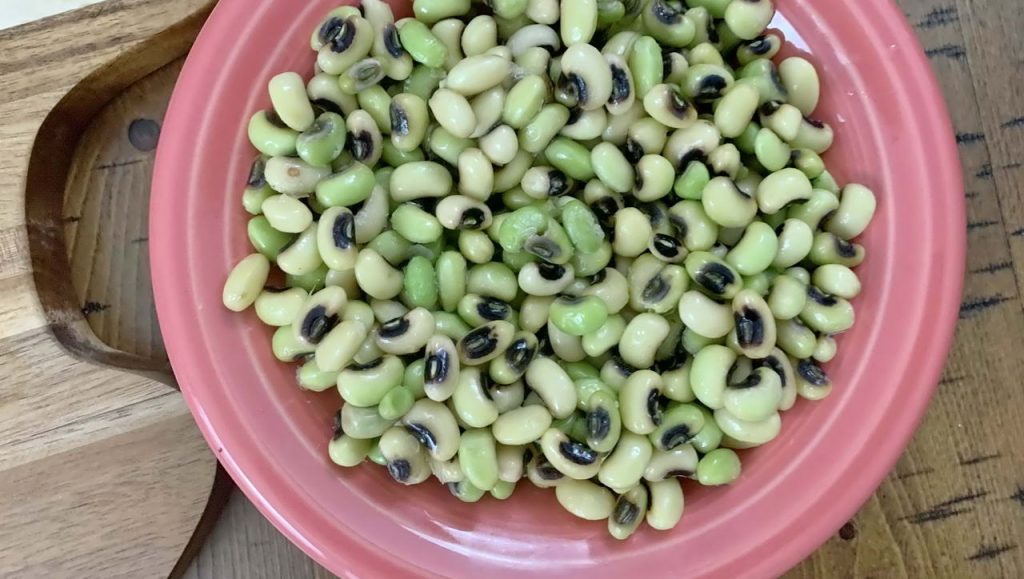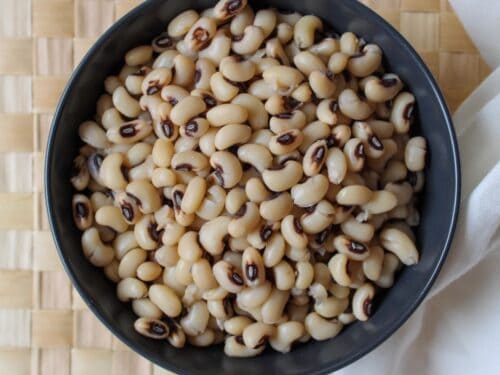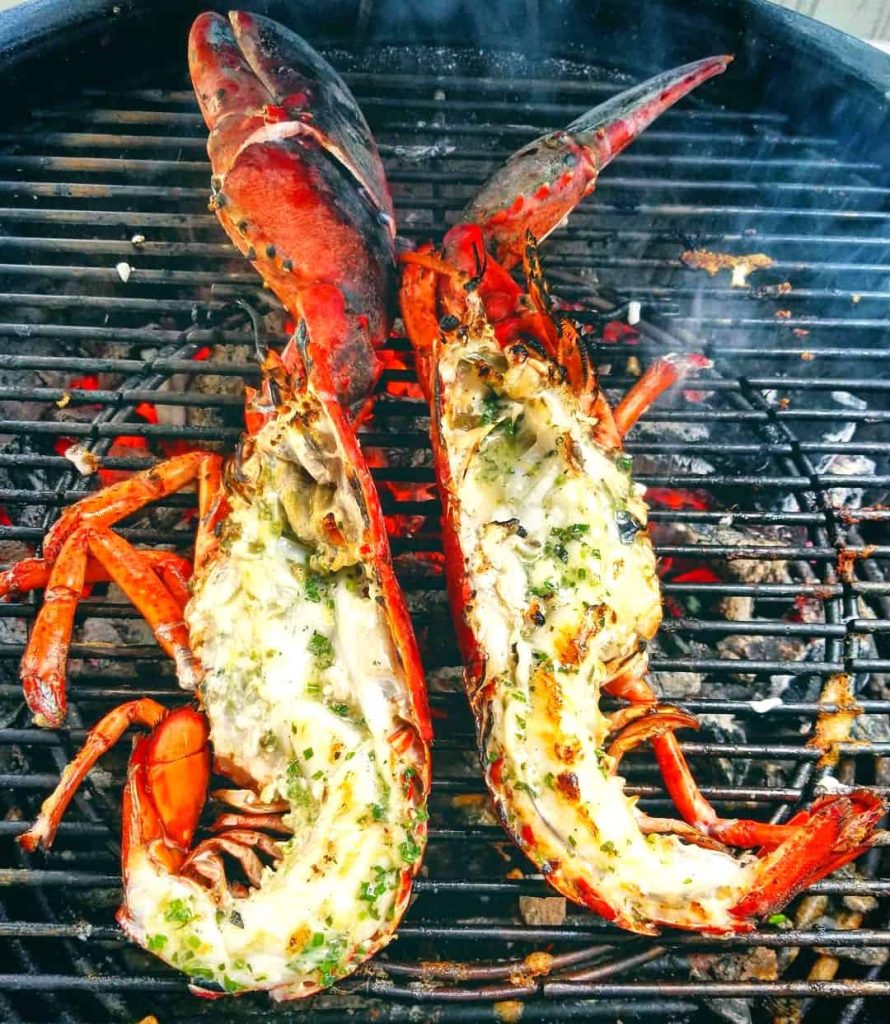Pasta dishes are a go-to option for anyone who wants to indulge in a quick and easy meal. Whether it’s a classic spaghetti Bolognese or a hearty carbonara, pasta dishes are versatile and delicious. However, if you want to take your pasta dishes to the next level, adding capers to your recipes is an excellent way to do so. In this guide, we’ll explore everything you need to know about capers in pasta, including what they are, how to use them, and which pasta varieties work best with them. Let’s get started!Adding capers to pasta is a fantastic way to add some zing to your dishes. Capers are tiny, pungent buds that are packed with flavor and health benefits. Whether you’re a fan of creamy pasta dishes or love a good tomato-based recipe, capers work wonders in both. In this guide, we will explore everything you need to know about capers in pasta and how to incorporate them into your dishes effortlessly. From understanding the basics of capers to nailing the perfect pairing, we’ve got you covered.
So, what exactly are capers? Capers are the unopened buds of the caper plant, which is a perennial bush that is native to the Mediterranean region. They are harvested when they are still small and green and then preserved in vinegar, salt or brine to bring out their distinctive flavor. Capers have a pungent, lemony flavor that is both salty and sour. They are tiny, and when added to pasta dishes, they add a burst of flavor that can elevate even the most basic of recipes. Additionally, they are loaded with antioxidants, vitamins, and minerals that can boost your health and well-being. It’s no wonder that capers are a popular ingredient in Italian pasta dishes!When it comes to using capers in pasta dishes, the key is to balance their intense flavor with other ingredients in your recipe. One of the easiest ways to add capers to your pasta dishes is to sprinkle them over your pasta. This works particularly well with simple pasta recipes, such as spaghetti aglio e olio. The lemony flavor of the capers complements the garlicky oil sauce and adds a burst of freshness to the dish. If you’re feeling adventurous, you can also try making a caper pesto by blending capers with garlic, Parmesan cheese, and olive oil. Spread the pesto over your favorite pasta and enjoy the tangy deliciousness!
What are Capers?
Capers have been used in Mediterranean cooking for centuries, and they are a staple in Italian cuisine. In fact, you will often find them being used in classic pasta dishes such as Puttanesca. It’s no secret that capers are a great way to add flavor to your dishes, but how exactly can you incorporate them into your pasta recipes? In the next section, we’ll take a closer look at what capers are and how you can use them in your pasta dishes.Capers are the unopened buds of the caper plant, which is a perennial bush that is native to the Mediterranean region. They are harvested when they are still small and green and then preserved in vinegar, salt, or brine to bring out their distinctive flavor. When added to pasta dishes, capers add a pungent, lemony flavor that is both salty and sour. They are tiny, but they pack a powerful punch, making even the most basic pasta recipes delicious. Furthermore, capers are packed with antioxidants, vitamins, and minerals that can do wonders for your health.
One of the best things about capers is their versatility. There are many ways to incorporate them into your pasta dishes, depending on your personal tastes. For instance, you can chop them up and sprinkle them over your pasta for a burst of tangy flavor. Alternatively, you can add them to your pasta sauce to give it an extra zing. Capers also work great in pesto, or you can use them to make a tangy, refreshing salad dressing to drizzle over your pasta salad. The possibilities are endless, and the best part is that adding capers to your pasta dishes is incredibly simple. Next, we’ll take a look at some of the best ways to use capers in your pasta recipes.When it comes to using capers in your pasta dishes, the key is to balance their intense flavor with other ingredients in your recipe. If you’re a fan of creamy pasta dishes, try adding a tablespoon of capers to your alfredo sauce. The lemony flavor of capers complements the creamy sauce and gives it a refreshing twist. For tomato-based pasta recipes, sprinkle a handful of capers into the sauce along with some olives for a salty, savory flavor. You can also add capers to your pasta salad for a unique twist. The trick is to be creative and experiment with different flavors until you find the perfect combination for your taste buds.
How to Use Capers in Pasta
Capers are incredibly versatile and can adapt to different types of pasta dishes. For instance, you can add capers to your spaghetti, fettuccine, rigatoni, or even use them to make a classic puttanesca sauce. The possibilities are endless, and with a little experimentation, you can develop your recipes that cater to your taste buds. However, it’s crucial to balance the intense flavor of capers with other ingredients, so they don’t overpower the dish.To balance the intense flavor of capers, you can add cream to your sauce. A sauce with cream and capers works wonderfully with lighter pasta, such as linguine or spaghetti. Additionally, the cream brings a smooth and delicate texture to the dish, which complements the sharpness of the capers.
Alternatively, you can use capers to enhance the flavor of tomato-based recipes. When combined with tomatoes, capers result in a savory, salty, and acidic flavor profile, which can add depth to your dish. For instance, if you’re making a tomato-based pasta, try adding some capers and olives to your sauce to give it an extra tangy kick. You can also use capers to make a quick and easy pasta salad. Combine your favorite pasta with chopped tomatoes, olives, capers, minced garlic, olive oil, and fresh lemon juice. This recipe is perfect for those warm summer days when you’re craving something refreshing and light.Continuing from the previous paragraph, why not take your caper game to the next level and try making a caper pesto? All you need are some toasted pine nuts, garlic, fresh basil, grated parmesan cheese, and a generous amount of capers. Pulse all the ingredients together in a food processor, and you have a delicious and tangy sauce that goes well with pasta and a variety of other dishes. The possibilities are endless when it comes to incorporating capers into your pasta dishes – don’t be afraid to experiment and create your unique recipes.Expanding on the previous paragraph, capers can also be used as a garnish to add a pop of flavor and texture to your dishes. Sprinkle some capers over your pasta along with some grated parmesan cheese for an easy and quick finish. Additionally, you can also pound a handful of capers and mix them with softened butter to create a delicious caper butter that can be spread over hot pasta. The butter melts into the pasta, creating a rich and flavor-packed dish that’s sure to impress. Whether you’re adding capers to your pasta sauce, using them as a garnish, or making a caper pesto, there truly is no limit to how you can incorporate them into your pasta dishes. So go ahead and add some zest to your pasta with some capers!
Pairing Capers with Different Types of Pasta
Pairing Capers with Different Types of Pasta:
Not all pasta varieties are created equal, and some work better with capers than others. For instance, capers work wonders with linguine, spaghetti, and fettuccine. They also pair well with rigatoni, penne, and fusilli. However, it’s best to avoid pairing capers with delicate pasta such as angel hair or vermicelli. When choosing the right pasta, you want it to complement the bold and tangy flavors of the capers, not be overwhelmed by them.When it comes to pairing capers with pasta, the key is to balance the flavors. For instance, if you’re making a puttanesca sauce with capers, opt for a robust pasta such as penne, which can hold up to the bold flavors of the sauce. Alternatively, if you’re making a creamy pasta dish with capers, pair it with a lighter pasta such as linguine or spaghetti. You can also experiment with different pasta shapes and types to see what works best for your taste.
When cooking with capers, remember that less is sometimes more. Capers have a robust flavor, so you don’t need to use them in large quantities to make an impact. A tablespoon or two is enough to elevate the flavor of your pasta dish.
In addition to pasta, capers are also a great addition to salads, sandwiches, and even pizza. They add a nice tangy flavor that can brighten up any dish. So, don’t hesitate to experiment with capers and try them in different recipes. You might be surprised at how versatile and delicious they can be!When it comes to adding capers to your pasta dishes, there are plenty of ways to get creative. You can use capers to make a tangy dressing for a pasta salad, pair them with fresh seafood for a tasty seafood pasta dish, or add them to a hearty meat sauce for a savory and flavorful bolognese.
The possibilities are endless, and capers can be a great way to add an extra layer of flavor to your favorite pasta dishes. So, go ahead and experiment with capers in the kitchen – your taste buds will thank you!When using capers in your pasta dishes, make sure to use them sparingly. Their bold flavor can easily overpower the other ingredients in your dish if you use too many capers. A little goes a long way, so start with a small amount and add more as necessary.
Overall, adding capers to your pasta dishes is a great way to add some extra flavor and depth to your Italian meals. Whether you’re making a creamy alfredo sauce or a spicy arrabbiata sauce, capers can take your dish to the next level. So, don’t be afraid to experiment with these tiny buds and see how they can transform your pasta dishes!
Conclusion
When it comes to serving capers with your pasta dishes, there are a few key tips to keep in mind. First, make sure to drain and rinse your capers thoroughly before using them. This will help to remove any excess salt and vinegar that may affect the flavor of your dish.
Second, consider adding the capers to your pasta dish towards the end of the cooking process. This will help to preserve their flavors and prevent them from becoming too soft or mushy.
Finally, consider garnishing your pasta dish with a sprinkling of fresh herbs or a squeeze of lemon juice to help balance out the flavors and bring out the tangy flavors of the capers. A little bit of freshly grated parmesan cheese can also be a great way to add some extra depth and richness to your pasta dish.
With these tips in mind, you’ll be able to create pasta dishes with capers that are bursting with flavor and sure to impress your guests. So, go ahead and give them a try – we guarantee you won’t be disappointed!
One classic pasta dish that makes great use of capers is puttanesca. Puttanesca is a simple tomato-based sauce that is bursting with flavor thanks to the addition of capers, anchovies, and olives.
To make puttanesca sauce with capers, start by heating up some olive oil in a skillet over medium heat. Add some minced garlic and red chili flakes to the skillet and sauté for a minute or two until fragrant.
Next, add some diced tomatoes, capers, olives, and anchovy fillets to the skillet. Cook the sauce for about 10 minutes, stirring occasionally, until the tomatoes have broken down and the sauce has thickened.
Finally, toss the sauce with your favorite pasta and some freshly grated parmesan cheese. This pasta dish is quick, easy, and bursting with bold flavors that are sure to impress.
So, the next time you’re looking to mix up your pasta game, give puttanesca with capers a try. It’s a classic recipe that never gets old!Sure, let’s continue the previous paragraph:
Another great way to use capers in your pasta dishes is to add them to a homemade pesto sauce. Simply combine some fresh basil, garlic, pine nuts, grated parmesan cheese, and capers in a food processor, and pulse until you have a smooth sauce.
Toss the pesto with your favorite pasta and some lightly steamed vegetables for a healthy and flavorful meal that can be ready in just minutes.
Overall, whether you’re making puttanesca, pesto, or simply tossing capers with some olive oil and lemon juice, these tiny buds are a fantastic way to add a burst of flavor to your pasta dishes. So, the next time you’re looking for a way to jazz up your Italian meals, be sure to add some capers to the mix!Sure, let’s continue with the previous paragraph:
If you’re feeling adventurous, you can also try pairing capers with different proteins such as chicken, shrimp, or even beef. For instance, a chicken piccata pasta with capers and lemon is a mouth-watering combination that will please any food lover’s palette. Similarly, shrimp scampi with capers is another delicious option that’s guaranteed to impress.
When it comes to cooking with capers, the possibilities are truly endless. They’re versatile, healthy, and incredibly flavorful. So, don’t hesitate to experiment with them in your kitchen and see how they can transform your pasta dishes into something truly special.



